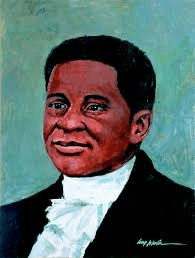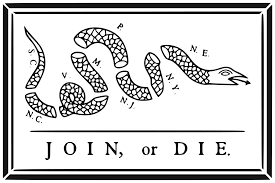This 1776 document, written primarily by Thomas Jefferson, declared the American colonies' independence from Britain.
What is the Declaration of Independence?
This nation allied with the American colonists in the fight for independence.
What is France?
This 1765 act required colonists to pay a tax on printed materials like newspapers, legal documents, and playing cards.
What is the Stamp Act?
This Founding Father was the first Secretary of the Treasury and a key advocate for a strong central government in the newly formed United States.
Who was Alexander Hamilton?
In My Kinsman, Major Molineux, this young man comes to the city expecting help from a wealthy relative but instead witnesses his public humiliation.
Who is Robin?
"These are the times that try men's souls." This line comes from a pamphlet that inspired colonists to seek independence from Britain.
What is Common Sense by Thomas Paine?
This general was reluctant to enlist enslaved people in the Continental Army.
Who was George Washington?
This event, on March 5, 1770, involved British soldiers firing into a crowd, killing five colonists and fueling anti-British sentiment.
What is the Boston Massacre?
He was the first person killed in the Boston Massacre, becoming one of the first martyrs of the American Revolution.
Who was Crispus Attucks?
This symbolic act of public shaming in My Kinsman, Major Molineux mirrors the growing tensions between the American colonies and British authority.
What is tar and feathering?
Issued in 1763 after the French and Indian War, this decree forbade American colonists from settling west of the Appalachian Mountains.
What is the Proclamation of 1763?
This was the final battle of the Revolutionary War.
What was the Battle of Yorktown?
Passed in 1773, this act gave the British East India Company a monopoly on the sale of a certain beverage in the colonies, sparking major protests.
What is the Tea Act?
This enslaved woman was one of the first to be accused of practicing witchcraft in the 1692 Salem Witch Trials, sparking widespread hysteria.
Who is Tituba?
In The Black Vampyre, the term "melancholy" appears frequently, such as in the line: "A certain melancholy had settled over the entire household." Given the context, what does "melancholy" most likely mean here?
Sadness/sorrow
Signed in 1783, this agreement officially ended the American Revolution and recognized the United States as an independent nation. (Hint: one of the same name was signed in 1763 to end the French and Indian War).
What is the Treaty of Paris?
This was the battle at which the first shots were fired.
What is the Battle of Lexington and Concord?
In response to the Tea Act, colonists disguised as Native Americans dumped 342 chests of tea into Boston Harbor on December 16, 1773.
What is the Boston Tea Party?
This French nobleman played a crucial role in aiding the American Revolution, serving as a general and close confidant to George Washington.
Who is Marquis de Lafayette?
The Salem Witch Trials were the product of a strong _____ culture in the Massachusetts Bay colony.
What is Puritan?
This 1774 set of punitive laws, also known as the Coercive Acts, was passed by the British Parliament to punish Massachusetts for the Boston Tea Party.
What were the Intolerable Acts?
Analyze this image. What does it mean? What is the author's purpose? 
The author is communicating that the colonies need to unite to gain their freedom/independence.
This slogan, popularized during the protests against British taxation, expressed colonists' frustration over being taxed without representation in Parliament.
What is "No Taxation without Representation"?
DAILY DOUBLE: An enslaved Black man who sued for his freedom in Massachusetts, his case contributed to the abolition of slavery in the state.
Who is Quock Walker?
In The Black Vampyre, the narrator describes the vampire with “his shining black skin and deep-set eyes.” The story uses the vampire figure to reflect this 19th-century societal fear.
What is the fear of slave rebellion or the fear of the "other"?